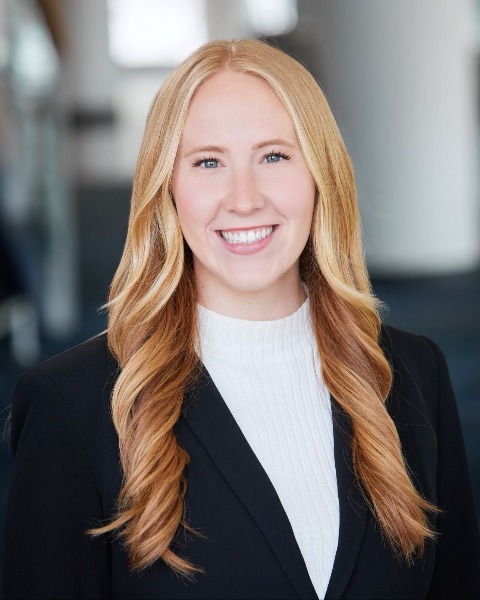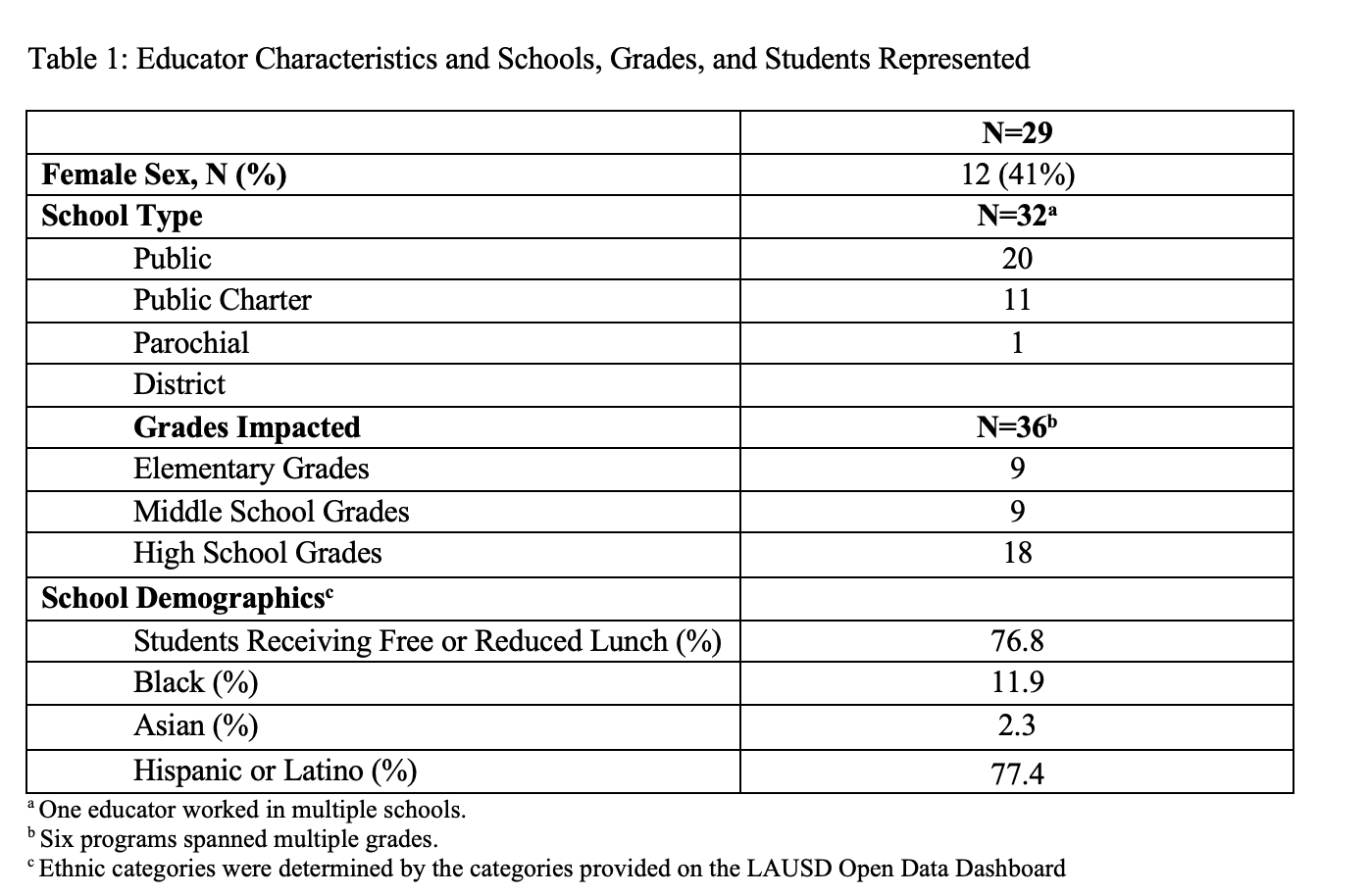General Pediatrics
Session: General Pediatrics 1
228 - Encouraging Movement, Shaping Lives: The Role of Physical Educators in Student Health and Well-Being
Friday, May 3, 2024
5:15 PM - 7:15 PM ET
Poster Number: 228
Publication Number: 228.431
Publication Number: 228.431

Lindsay Schlichte, MS (she/her/hers)
Medical Student
Duke University School of Medicine
Garden City, New York, United States
Presenting Author(s)
Background: The physical education (PE) content standards emphasize the acquisition of knowledge related to movement concepts and the development of physical and social-emotional skills. However, the extent to which physical educators perceive their role in students’ health trajectory is not well described – which may overlook opportunities to enhance student health through physical education programming.
Objective: To explore the perspectives of K-12 physical educators regarding their role in promoting student health and well-being.
Design/Methods: This is a secondary qualitative analysis of transcripts from semi-structured interviews with physical educators who received a small grant to support their PE or sports program in Fall 2022. Initial interviews were conducted as part of the evaluation of the grant program with 29 awarded educators in Fall 2022. Follow-up interviews were conducted at the end of the school year with 23 of the initial 29. Interviews were conducted virtually and recorded, transcribed, and analyzed through inductive thematic analysis. Schools’ demographic data were collected from publicly available sources.
Results: Educators served ethnically and socioeconomically diverse students in LA County. Five themes described teachers' goals and perspectives towards their role in shaping student health and well-being: 1) “This is not just for now, it’s for life.” – to promote lifelong healthy habits, discipline, and teamwork skills. 2) Expanding Experiences and Exposure – to broaden students' exposure to activities with the goal of students becoming familiar with the equipment and discovering a form of movement they enjoy. 3) Providing Balance and Opportunities for Mindfulness- physical education and sports provide balance to students' academic work and life stressors. 4) Fostering Community and Belonging – through teamwork, sports, and competition, PE teachers bring students, parents, and communities together. 5) Being a Guiding Influence – a desire among educators to “pay it forward” and provide the kind of mentoring they received through athletics by creating a safe space and serving as a positive influence.
Conclusion(s): Physical educators perceive their role as extending beyond the content standards and school campus. The results highlight the unique multidimensional role physical educators serve in supporting the physical, behavioral, and social-emotional well-being for children in their school and family environments, and potential areas to leverage support of child health promotion.

.png)
